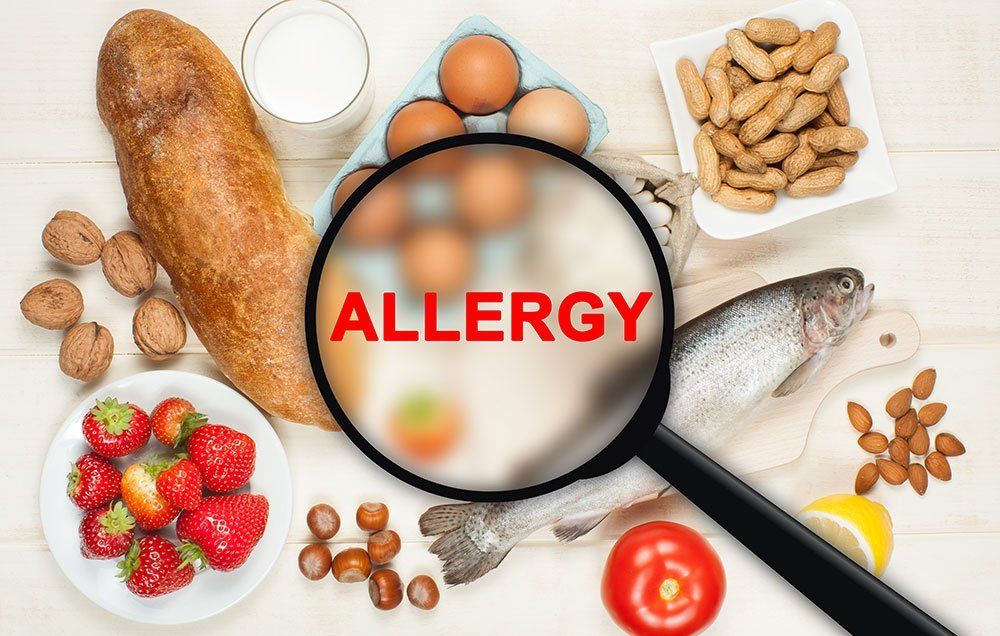

By Jonathan Psenka
Food allergies result when your immune system mistakes a food you’ve eaten for an invader. Instead of digesting the food and using it as nourishment, your body launches an attack, which can lead to symptoms that range from mildly unpleasant to potentially fatal. In their most severe form, food allergies can cause life-threatening anaphylaxis.
When we talk about food allergies, it’s important to distinguish them from food intolerances or sensitivities. A true food allergy is a hypersensitivity of the immune system to a food component, usually a protein. With a food sensitivity, on the other hand, the immune system is not usually involved. For example, lactose intolerance is a food sensitivity. People with the condition lack the enzyme necessary to break down milk sugar (lactose), so when they eat dairy products, lactose intolerant people may experience gas, bloating and diarrhea. Although they may be uncomfortable and embarrassed, these symptoms are not life-threatening, as some true food allergies can be.
Here’s are the most common food allergies.
1. Peanut Allergy

One of the most common food allergies, peanut allergy is also one of the most potentially dangerous. Peanuts are among the foods most likely to cause anaphylaxis and peanut allergies are on the rise. According to the Food Allergy Research and Education study, peanut allergies more than tripled in the U.S. between 1997 and 2008.
Unlike most other food allergies, which kids typically outgrow, peanut allergies are a lifelong condition—only about 20 percent of people with allergies to peanuts ever get rid of them. These allergies tend to run in families, with younger siblings of kids with peanut allergies at an increased risk of developing them, as well.
Peanuts are a member of the legume family; other members include peas, lentils and soy. Legumes differ from their cousins, the tree nuts (walnuts, cashews and almonds), in that they grow in the ground. Although people with peanut allergies are no more likely to be allergic to other legumes, they are more likely to be allergic to tree nuts. Recent research shows that between 24 and 40 percent of people with peanut allergies also have tree nut allergies.
Symptoms of a peanut allergy may include hives; eczema; stomach cramps; diarrhea; vomiting; runny nose; sneezing; itchy, watery eyes; and asthma symptoms, such as coughing, wheezing and difficulty breathing. In its most severe form, peanut allergy can cause—within minutes—the sudden allergic reaction anaphylaxis.
Another reason peanut allergies are such a concern is that just a tiny amount of a nut can trigger a big reaction in sensitive people. If someone with a peanut allergy touches a surface where a peanut or some peanut butter sat and then touches his or her eyes, for example, it can be enough to set off a serious allergic reaction.
Because trace amounts of peanuts can spark a severe response and because peanuts can lurk in many unsuspecting foods, people with a peanut allergy—or any true food allergy—simply can’t be too careful. If you have a severe food allergy, you should carry an EpiPen at all times and make sure you and those around you know how to administer it and are prepared to use it at any time.
As a peanut allergy sufferer, you must also be vigilant about reading food labels. The Food Allergen Labeling and Consumer Protection Act (FALCPA) requires all foods containing peanuts that are sold in the U.S. to list the word “peanut” clearly on the label. However, keep in mind that the use of the phrase “may contain peanuts” is voluntary, so you still need to know what you’re eating.
It’s also important to be aware of foods and ingredients that may contain peanuts. These include the following:
- Artificial nuts
- Baked goods
- Candy
- Chili
- Egg rolls
- Glazes and marinades
- Mandelonas (peanuts soaked in almond flavoring)
- Marzipan
- Nougat
- Pancakes
- Pet food
- Specialty pizzas
2. Tree Nut Allergy
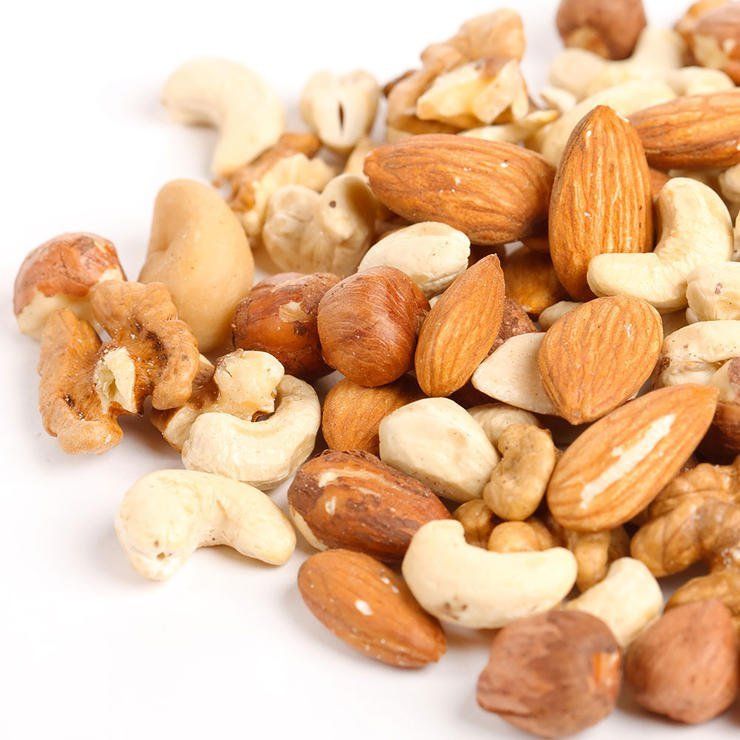
Tree nuts are, as their name suggests, nuts that grow on trees. They include almonds, walnuts, hazelnuts, pistachios, Brazil nuts and cashews.
- Tree nut allergies are similar to peanut allergies in that they tend to cause severe reactions and usually last a lifetime. Even fewer kids with tree nut allergies than with peanut allergies ever outgrow them. Tree nut allergies also tend to run in families, with younger siblings of children with tree nut allergies at an increased risk of developing them, too.
People with tree nut allergies are frequently allergic to more than one kind of tree nut, so they’re advised to avoid all nuts and to check all ingredients. The FALCPA now requires food companies to list specific tree nuts on all labels of foods sold in the U.S. Even so, those with allergies to tree nuts should be aware that these nuts can pop up in the most unusual places, such as barbecue sauces, flavored coffees and alcoholic beverages. (Note that alcoholic beverages are not required by the FALCPA to list potential allergens on their labels).
If you have a severe tree nut allergy, you should also look out for the following substances:
- Gianduja (chocolate with hazelnut paste as an ingredient)
- Litchi
- Marzipan
- Pesto
3. Milk Allergy
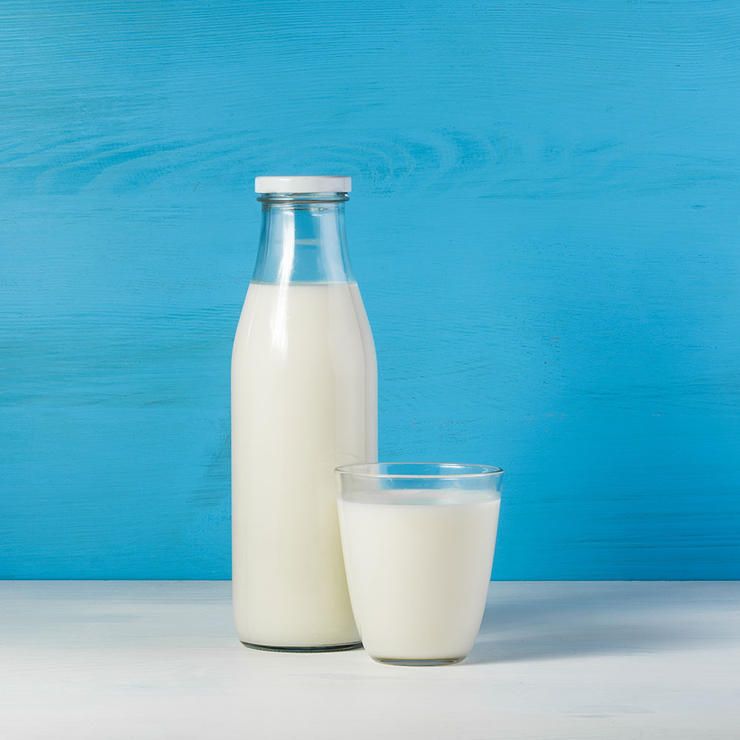
Cow’s milk is the most common allergy in infants and young kids. About 2.5 percent of children younger than age three are allergic to milk. Those with an allergy to cow’s milk can also react to the milk of other animals, such as goats and sheep.
Milk allergy symptoms are variable and can range from mild to severe. Some individuals react after ingesting only a tiny bit of milk, while others can drink a moderate amount and react only slightly. Mild reactions tend to take the form of hives and severe reactions can include anaphylaxis.
The good news is that most kids with milk allergies outgrow them. There are also a number of healthy dairy-free baby formulas available, so mothers of milk-allergic kids who choose not to breastfeed have other options.
Luckily, the FALCPA now requires that all milk-containing products sold in the U.S. actually list the word “milk” on the label. Even so, it’s helpful for parents of kids who are allergic to milk—and for the kids themselves—to be as educated as possible on hidden cow’s milk sources. It’s also important to realize that milk can show up in the most unexpected places, such as in deli meat (when meat slicers are used to cut both meat and cheese), meats that use casein as a binder and medications that contain milk protein.
Here are some milk-containing ingredients to look out for:
- Casein
- Caseinates
- Curd
- Diacetyl
- Ghee
- Lactalbumin
- Lactoferrin
- Lactose
- Lactulose
- Recaldent
- Rennet casein
- Tagatose
- Whey
4. Egg Allergy

Egg allergies are also common in kids, second only to milk. Luckily, most children outgrow their egg allergy by age five. Those who are sensitive react to the proteins in the white of the egg. People with chicken egg allergies should also avoid eggs from ducks, geese, turkeys and other birds, because they may contain some of the same allergenic proteins. Symptoms of an egg allergy range from mild skin reactions to severe anaphylaxis.
Children who are most allergic to eggs can react after just smelling egg fumes or getting a tiny bit of egg white on their skin. Because eggs have the potential to cause anaphylaxis, those who are at risk should carry an EpiPen to use in the event of accidental exposure.
The FALCPA requires all egg or egg product-containing packaged foods meant for distribution in the U.S. to say “contains eggs” on their labels. But eggs can still show up in unexpected places, such as in surimi, the foam toppings of coffee drinks and on pretzels. (They’re in the egg wash used before the pretzels are dipped in salt). Therefore, you can’t be too educated about eggs’ many whereabouts. Some of the less obvious names for egg-containing ingredients include albumin (or albumen), meringue and ovalbumin.
5. Soy Allergy

Soy is another common food allergen, especially in infants and children. About 0.4 percent of children have a soy allergy. Some kids outgrow it by age three and the majority outgrow it by age 10.
Soybeans are legumes (plants that have seeds in pods; other legumes include peas, lentils and peanuts). Having a soy allergy does not make someone more likely to have an allergy to another legume, such as peanuts, however. And in most cases, soy allergies tend to be much milder than peanut allergies.
Symptoms of a soy allergy may include hives, itching, eczema, canker sores, abdominal pain, diarrhea, nausea, vomiting or dizziness. More severe anaphylactic reactions to soy can also occur, but these are rare. Those who are at risk for an anaphylactic reaction from soy should carry an EpiPen. (You can learn if you’re at risk through specialized testing).
The FALCPA requires all packaged foods that contain soy and that are sold in the U.S. to say “soy” on the label. However, it’s still helpful to recognize foods and ingredients that may contain soy. These include the following:
- Edamame
- Miso
- Natto
- Shoyu
- Soya
- Tamari
- Tempeh
- Textured vegetable protein (TVP)
Beyond the obvious soy milk and soy products like tofu, soy can also be found in unexpected foods, including canned meats and fish, cereal, crackers, energy bars,and infant formula.
6. Fish and Shellfish Allergy
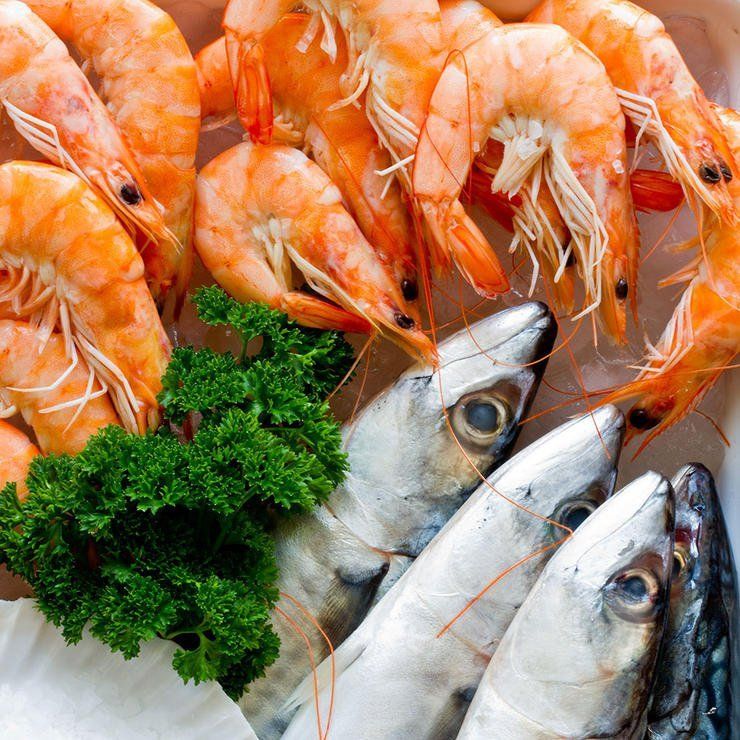
Like peanut allergies, fish and shellfish allergies often stick with people for their entire lives. In fact, seafood allergy is one of the top food allergies among adults. It also sends more people age six and older to the emergency room than any other food allergy because like nut allergies, an allergy to fish and shellfish can bring on a severe anaphylactic reaction.
When it comes to seafood, those with fins are the most allergenic, with salmon, tuna and halibut being the worst offenders. People who are allergic to one type of fish are frequently also allergic to another. However, fish and shellfish come from different families, so having an allergy to shellfish doesn’t necessarily mean that you’ll also be allergic to finned fish or vice versa.
In terms of shellfish, crustaceans within the shellfish family are most likely to cause allergic reactions. These include shrimp, lobsters and crabs. Unfortunately, these are also some of the most popular shellfish for people to eat.
If you are allergic to fish or shellfish and are at risk for anaphylaxis, you will want to avoid these foods at all costs. On a positive note, fish and shellfish hardly ever hide behind strange ingredient names or in surprising foods. And if a packaged food contains shellfish, the label must list it.
However, it’s important to keep in mind that deep fryers in restaurants are often used to fry multiple kinds of foods, so your plate of innocent French fries may have been dipped in the same oil as someone else’s fried seafood sampler Hibachi restaurants are another danger zone for people with seafood allergies, because chefs use the same open grill to cook everyone’s meals. If you have a shellfish allergy, your safest bet is to avoid seafood restaurants altogether and especially any foods that have been deep-fried.
In addition, because fish and shellfish allergies can cause anaphylaxis, carrying an EpiPen is a good idea for those who have these allergies.
7. Wheat Allergy
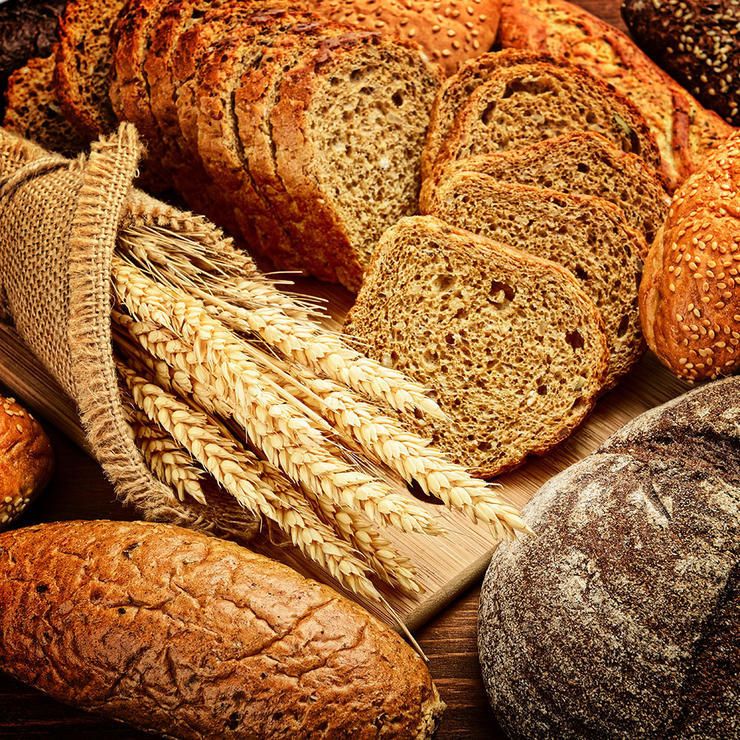
Wheat allergies most commonly show up in kids, who usually outgrow them by age three. And just as a milk allergy should not be confused with lactose intolerance, a wheat allergy should not be confused with celiac disease or gluten intolerance, which is a sensitivity to the sticky protein (called gluten) that’s found in wheat. Wheat allergies in their true form are reactions to the proteins in wheat and are mediated by the immune system; IgE antibodies are secreted within minutes to hours after a person eats a wheat-containing food. Symptoms of a wheat allergy can range from mild hives, rash, digestion problems, itching and swelling to severe, life-threatening anaphylactic reactions that involve wheezing, trouble breathing and loss of consciousness.
In someone with celiac disease or with wheat gluten intolerance, there is an abnormal immune system reaction to gluten (but not a hypersensitivity, which occurs with allergy). Left untreated, celiac disease can lead to malnutrition and serious damage to the intestines, so it’s important for people who suffer from it to avoid wheat.
Whether you have a wheat allergy or an intolerance, avoiding this ingredient can be challenging because wheat is America’s most commonly used grain. It’s also used as a filler in many foods that you wouldn’t suspect, such as salad dressing, soy sauce, lunch meat and ice cream. Good alternatives to wheat flour itself include corn, oats, quinoa, rice, barley and amaranth. To best avoid wheat, you should also become educated on all of its imposters. These foods and ingredients contain wheat:
- Bulgur
- Couscous
- Cracker meal
- Durum
- Einkorn
- Emmer
- Farina
- Kamut
- Matzoh
- Seitan
- Semolina
- Spelt
- Triticale
8. Corn Allergy

The most profitable crop in the country, corn is used in almost everything these days, including as a filler in processed meats and as a sweetener in candies, cereals and jams. It’s not yet considered a common food allergen in the U.S., but based on the patients I’ve seen in my practice, I think corn is on its way to this list. In one study, two percent of people self-reported an allergy to corn.
One reason I think corn allergies are under recognized is because they can be so difficult to diagnose. When you use a standard skin or blood test, there can be cross-reactions between corn and other common allergens, such as grass pollens, grains and seeds; therefore, a corn allergy can be difficult to tease out.
When they do show up, corn allergies may cause symptoms such as hives, rash, runny nose, nausea, vomiting, cramps, diarrhea, headaches, sneezing and asthma. Some people also experience severe anaphylactic reactions to corn and corn products, including the cornstarch used on surgical gloves. If you are severely allergic to corn, you should avoid both raw and cooked corn and carry an EpiPen in case of a reaction.
Adapted from Dr. Psenka’s Seasonal Allergy Solution.
This article was reposted with permission from our media associate Rodale Wellness.

 233k
233k  41k
41k  Subscribe
Subscribe 
